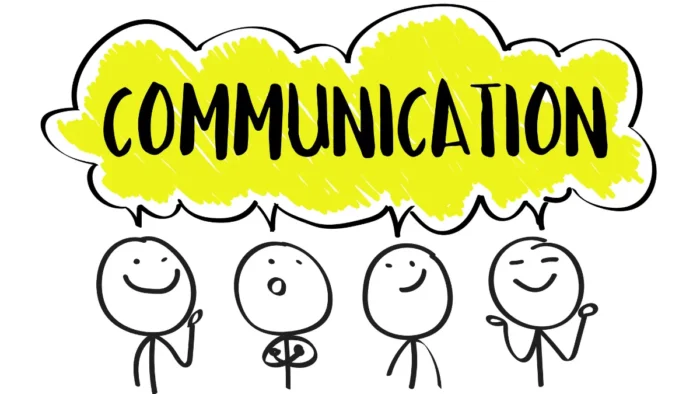With the increase in globalization and the rise of technology use within work settings, the need for communication is imminent. While remote work offers many benefits, such as increased flexibility and reduced commuting time, it also comes with unique challenges, particularly regarding communication.
When team members work from different locations, it can be difficult to stay aligned and connected, leading to misunderstandings, delays, and reduced productivity. Communication ensures that everybody is on the same page, and it can also help build trust and connection within your team— a feat critical to the smooth sailing of the steamship.
Whether you are a new leader or an old dog looking for new tricks, knowing how to improve communication can be difficult. No worries, that is why we are here! Though it may seem intimidating, improving communication when working remotely involves using the right tools, establishing communication protocols, over-communicating, setting expectations, scheduling regular check-ins, using video conferencing, being mindful of time zones, and being proactive.
Read on to delve into these tips and learn more about how your communication can soar!
Digital workspace platform
The first thing is first: the proper tools. In essence, digital workspace platforms provide a centralized location for team collaboration, which can streamline communication and make it easier for team members to work together!
Digital workplace software contains several features, such as real-time collaboration, instant messaging, video conferencing, task management, and file sharing. Each feature aims to bridge communication within a team, thus effectively improving communication when working remotely.
Establish rules and protocols for communication.
Sometimes, the primary barrier between a team and communication is a lack of understanding and boundaries. Thus, establishing these protocols can help avoid misunderstandings and ensure everyone is on the same page.
To do this, reinforce it by determining which communication channels should be used for specific purposes, such as chat apps for quick questions and video conferencing for team meetings! Set expectations for response time, availability, and how to handle urgent issues.
If you have specific requirements, such as needing quiet during certain times of day, make those expectations known as well. This way, there is no confusion.

Over-communicate rather than under-communicate
We know this sounds tedious, but we promise this can make or break communication when working remotely. Especially when working remotely, it is essential to communicate more than you might in a traditional office setting. Regularly share updates, progress reports, and deadlines to keep everyone informed!
As mentioned, use a digital workspace platform to update tasks and track progress. Consider using a daily or weekly stand-up meeting to keep everyone aligned!
Schedule regular check-ins.
Along with over-communicating, regular check-ins ensure that, once again, everybody is on the same page and knows what to expect in terms of teamwork. As such, ensure that you schedule regular check-ins with your team to ensure everyone is working towards the same goals.
Regular meetings, such as weekly team meetings or daily stand-up meetings, can provide a platform to review progress, discuss any roadblocks, and set priorities! This can also improve team culture, which can create ease of communication in the future.
Be mindful of time zone differences.
This may seem like a trivial idea to keep in mind. However, when working remotely, it is critical to ensure that everybody can do their work at proper working hours. Schedule meetings at times that work for everyone or alternate times so everyone can participate!
As well, make sure to communicate clearly about meeting times and time zone differences to avoid confusion. Something as simple as noting the timezone in your emails and memos can make all the difference.
Stay responsive!
At the end of the day, if you wish for your team members to communicate effectively, you must also do the same. This is where staying responsive comes in. Luckily, doing this is a simple task! Respond promptly to messages and emails, and follow up on any action items or questions.
Being responsive can help build trust and foster effective communication— something we all want! Ensure that with the expectations you set, you also set boundaries. Staying responsive means being available during the workday and important projects. Knowing when and how to set limits and maintain a proper work-life balance.
Encourage feedback
Finally, ensure that you encourage feedback from your team to continually improve your communication and maintain a happy team. Not only can it improve communication, but it can also build stronger working relationships! Make sure team members feel comfortable sharing their thoughts and ideas and be open to feedback. Regularly soliciting feedback can help identify improvement areas and improve communication and collaboration.





